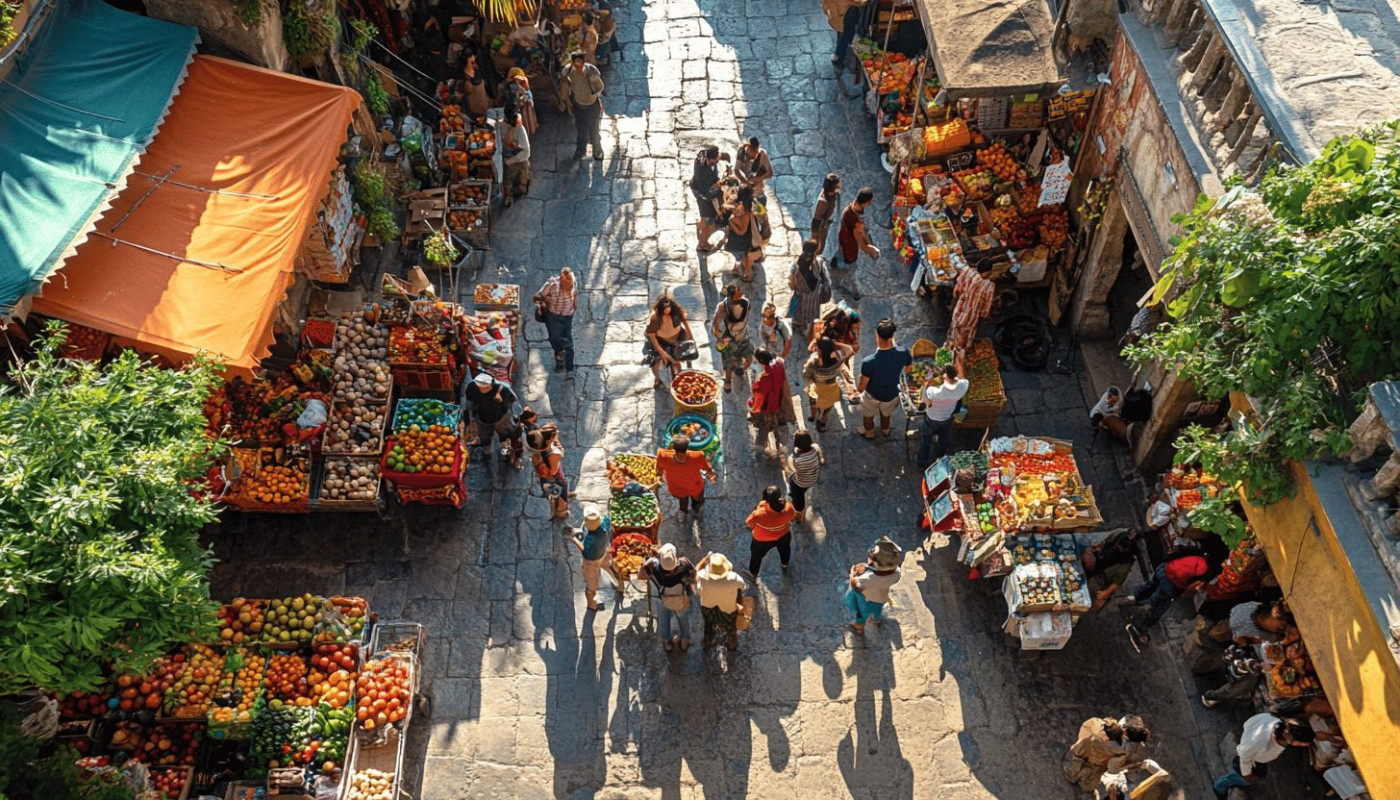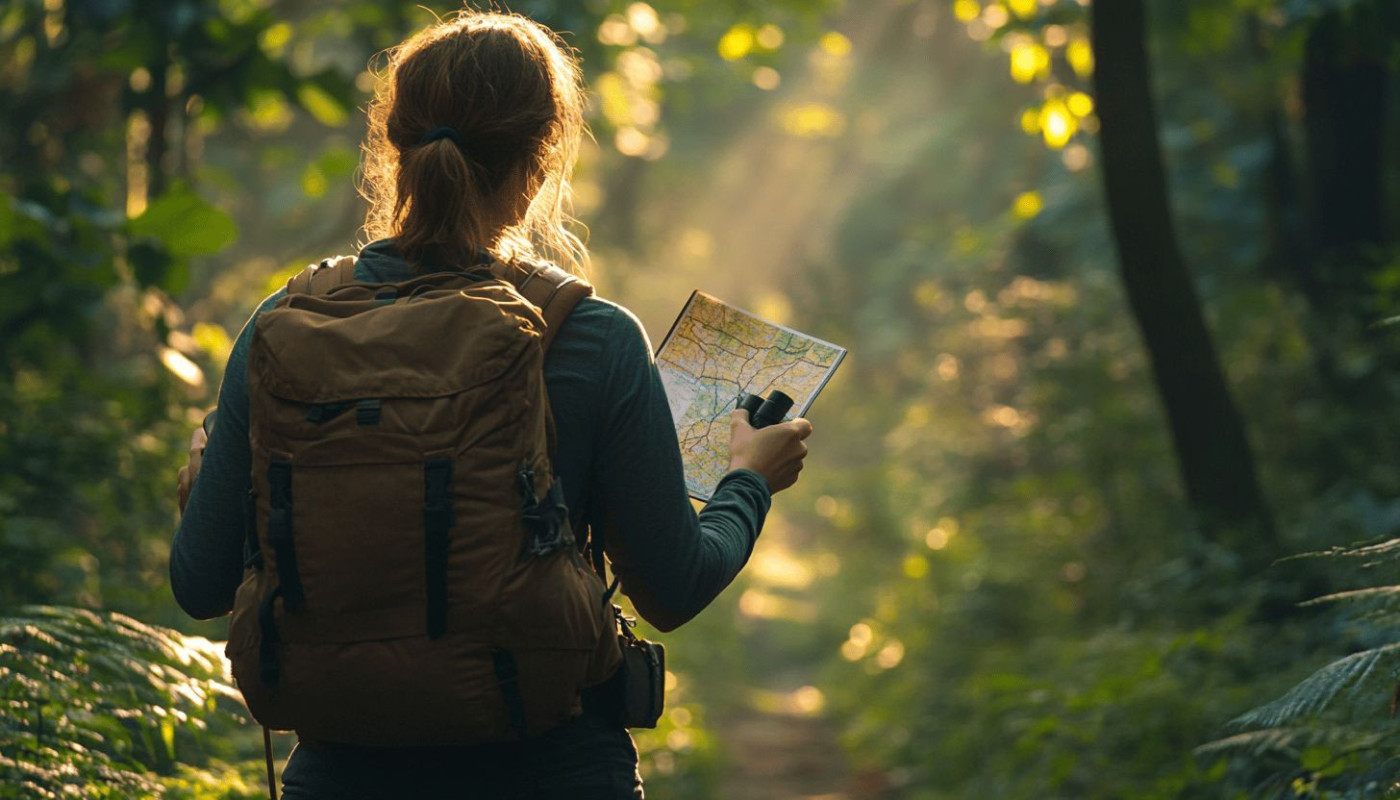Table of contents
Dark tourism, a phenomenon that has intrigued and baffled many, continues to gain significant interest worldwide. This branch of tourism, which involves visiting sites associated with death, tragedy, and disaster, is steeped in controversy and curiosity alike. While some see it as a form of historical and educational exploration, others perceive it as a somewhat morbid fascination. Regardless of varied opinions, the popularity of dark tourism is undeniable, and its understanding is essential for anyone interested in the multifaceted world of tourism. Let's unravel the complexities and delve into the enigmatic world of dark tourism, shedding light on its origins, motivations, impacts, ethical considerations, and its future.
The Origins of Dark Tourism
Dark tourism, a phenomenon steeped in history, has evolved over the years, with its roots profoundly embedded in human curiosity and morbid fascination. The origins of dark tourism can be traced back to ancient times, with early civilizations often holding a deep fascination for the macabre. As we delve into the dark tourism history, we find that this interest has been sustained over centuries, evolving into a distinct form of tourism that we see today.
The historical context of dark tourism appears to be an amalgamation of various societal attitudes towards death, tragedy, and the desire to comprehend the incomprehensible. It is this morbid fascination that propelled the first dark tourism sites into existence. For instance, the public executions during the Middle Ages were not merely punitive actions but also served as a form of entertainment for the masses, thus marking the very onset of dark tourism.
Over the centuries, the evolution of dark tourism has been significant, with sites of disasters, battles, and atrocities attracting visitors from all over the world. These places hold a particular historical significance, offering tourists a glimpse into the darker aspects of our shared human history. This exploration into the origins of dark tourism helps us understand it as not just a modern-day phenomenon, but a longstanding human activity.
Motivations Behind Dark Tourism
What truly drives the motivations behind dark tourism? This is a question that has puzzled many for years. There are numerous factors to consider, from the deep-rooted psychology of dark tourism to the sheer thrill and excitement that some derive from these experiences. It is a complex interplay of emotions, curiosity, and a desire to understand the darker sides of human history.
Foremost, the psychology involved is intriguing. The very essence of a 'dark tourist' is one who seeks out places associated with death, tragedy, or disaster. This curiosity may stem from a longing to confront mortality, a fascination with the macabre, or a desire for an adrenaline rush – the dark tourism thrill.
In knowledge-seeking in dark tourism, individuals are primarily driven by an educational purpose. Dark tourists are frequently found visiting places like concentration camps, war sites, or memorials, seeking a better understanding and insight into historical events. The inherent human curiosity and the desire to learn more about our past, no matter how grim, are significant factors in this pursuit.
Each dark tourism experience is unique, varying based on the site visited and the individual tourist. In spite of the dark connotations, these experiences often lead to personal reflection and a newfound appreciation for life. Such is the paradoxical allure of dark tourism.
Impacts of Dark Tourism
Delving into the realm of the 'impacts of dark tourism', one can observe its wide-reaching effects on numerous levels. Foremost among these are the socio-economic consequences. Known as 'dark tourism and economy', this aspect emphasizes the role of tourism in bolstering local economies. It promotes economic sustainability by generating income and job opportunities for local communities. This, however, is a double-edged sword, as it can also lead to over-reliance on the tourism sector, making communities vulnerable to fluctuations in tourist arrivals.
On another note, the 'cultural impact of dark tourism' can't be ignored. This form of tourism often perpetuates cultural commodification, fostering stereotypes and misconceptions about a community's history and traditions. This commodification can distort and simplify complex cultural narratives for tourist consumption, potentially causing harm to the local culture.
Lastly, 'dark tourism and environment' is a subject that deserves attention. Frequent visitations to these sites may lead to environmental degradation, as infrastructure development and increased human activity can disturb local ecosystems. Hence, the need for responsible tourism becomes imperative.
Summing it up, 'local communities and dark tourism' are intricately linked, and the impacts of this form of tourism are far-reaching, affecting economies, cultures, and the environment. It's crucial to understand these impacts to foster sustainable and respectful tourism practices.
Ethical Considerations in Dark Tourism
Dark tourism, a sector that draws travelers to sites associated with death, disaster, and tragedy, is not without its ethical issues. The delicate balance between tourism and respect for the sites and their history is a recurring theme in discussions on the ethical issues in dark tourism. The increased popularity of these destinations has led to debates about the morality of such tourism.
This controversy of dark tourism stems from the question of whether it is morally acceptable to profit from tragic events and suffering. Some argue that it allows people to learn from history, while others contend it can border on exploitation. These ethical dilemmas are at the heart of the conversation.
Respect in dark tourism is another key consideration. It involves maintaining cultural sensitivity towards the communities affected by the tragedies commemorated at these sites. This sensitivity is crucial in creating an atmosphere of understanding and empathy, rather than one of voyeurism and entertainment. The balance in dark tourism must then be struck between educating visitors and preserving the dignity and memory of these places and their histories.
The Future of Dark Tourism
As we look to the horizon, the 'future of dark tourism' presents intriguing possibilities and unprecedented challenges. Notwithstanding the somewhat macabre nature of this tourism genre, it is poised for significant 'tourism development'. Experts suggest that 'dark tourism trends' are likely to evolve towards 'sustainable tourism' to ensure the preservation of historically significant sites. Establishing a balance between tourism and preservation is a key challenge for the 'next steps in dark tourism'.
A potential game-changer that cannot be ignored is 'digital dark tourism'. In an era where virtual and augmented realities are transforming conventional experiences, the scope of dark tourism is broadening. It offers a resolution to ethical dilemmas often associated with this form of tourism, thereby making it more appealing to a wider audience. Nevertheless, the digitization of dark tourism also poses its own set of 'dark tourism challenges' including authenticity concerns and technological accessibility issues.
Taking these factors into account, the 'evolution of dark tourism' is a fascinating topic. It is a sector that continually balances the tightrope between public interest, respect for the past, and the relentless march of technological advancements. This makes it a compelling field of study for anyone interested in understanding the complexities of our society's relationship with its dark past.
Similar articles














